Canon Diaries 12-05-12
The Canon Diaries are ongoing explorations of Johann Pachelbel's famous chord sequence, as taught in the Musicarta Canon Project, available as a digital download from this site (see below) and as a hard copy print-on-demand title from Createspace and Amazon books.
Canon Diaries are principally for keyboard players who have worked through the download study programme. These players will 'get the point' of Diary entries pretty much immediately. It is hoped that the Canon Diaries will inspire others to follow them, graduate from the Canon Project programme and be in a position to understand (and use) the additional harmonic assets the Diary entries contain.
|
The CANON PROJECT Pachelbel’s Canon in D is perhaps the most famous chord sequence of all time, and the basis of dozens of popular hits. If you can play and understand the Canon chord sequence, there isn’t much in popular music harmony you won’t be able to figure out! Its regular structure also makes it a great springboard for improvising and composition. |
|
Amazon Books also available Udemy
Click through to the Canon Project YouTube playlist here
Here is the performance video of Canon Diaries (CD) 12-05-12, as originally flighted on Mister Musicarta YouTube.
The Diary entry (CD 12-05-12) is a speedy run-through of the Canon chord sequence and is intended as a quick chord work-out to sharpen up your chord sense. Here are the bare chords of the first four-bar/eight-chord strain. (Watch out for the two bass clefs in the written music.)

In performance, the right hand chord tones are broken up with the second chord of each pair anticipated, and the bass following the syncopation.

Your pop-styles music brain should immediately be offering you a BMT (bottom, middle, top) analysis of the right hand pattern:
T B T T ... B M T | T B T T ... B M T
Because the second chord in each pair is pulled forward (anticipated), the third 'T' in the bar is the top note of the second chord in the pair. The first 'T' of each chord has the chord's 'M' with it.
(Check you understand this. Bottom/middle/top (BMT) analysis is an extremely fruitful way of thinking about chords, and is covered in Module X of the Canon Project.)
Here is a MidiPiano performance video of the Canon Diary 12-05-12 entry, with the actual performance on the lower keyboard and the harmony (the chords before breaking up) on the upper keyboard.
Here is the music for the performance (now ships with the Canon Project).
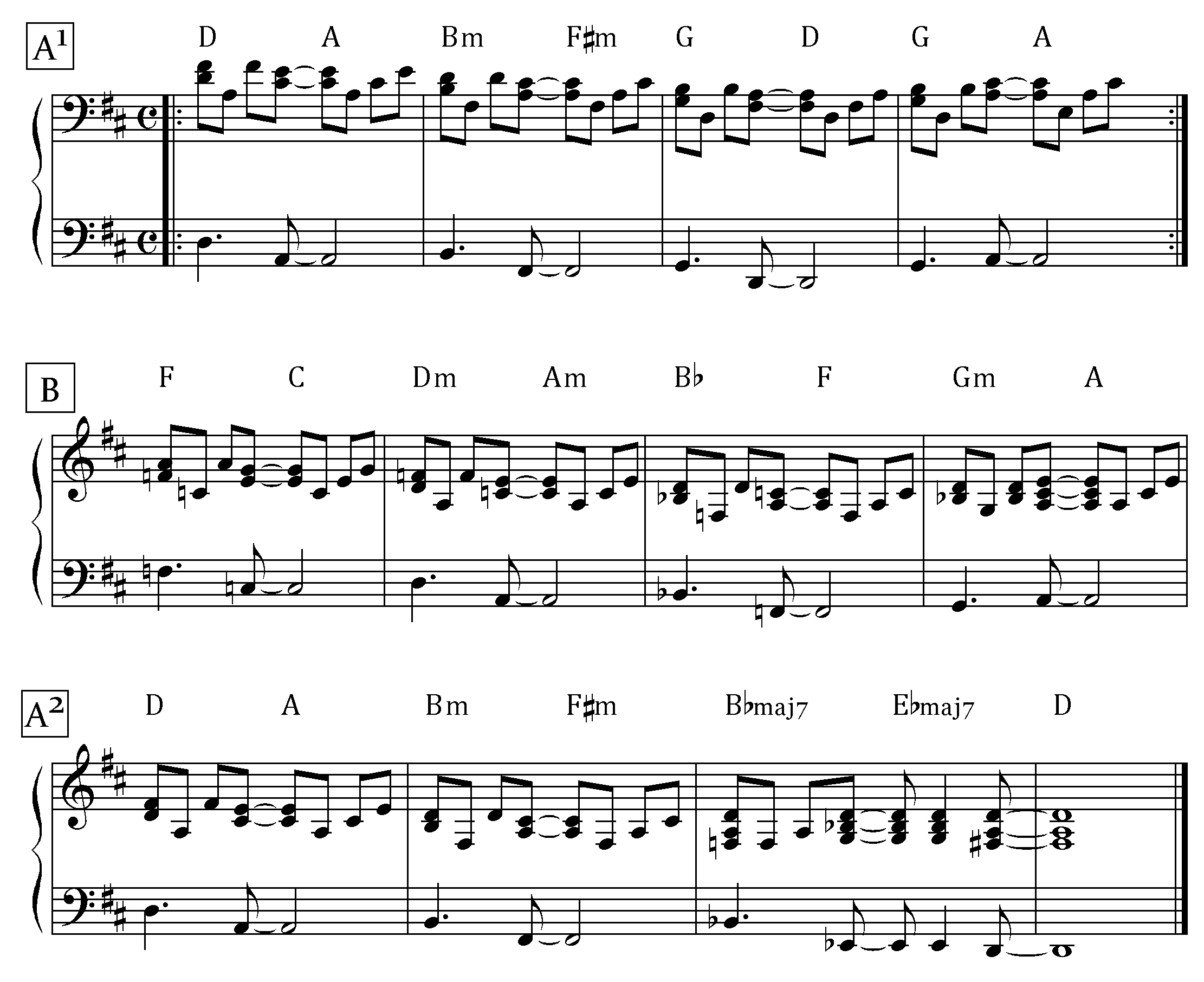
AABA form
At this speed, the lack of development of the Canon chord sequence becomes an obvious shortcoming. One of the solutions suggested in the Musicarta Canon Project is adding a contrasting section to create a 32-bar AABA version, as you hear in CD 12-05-12. Here is the full chord sequence.
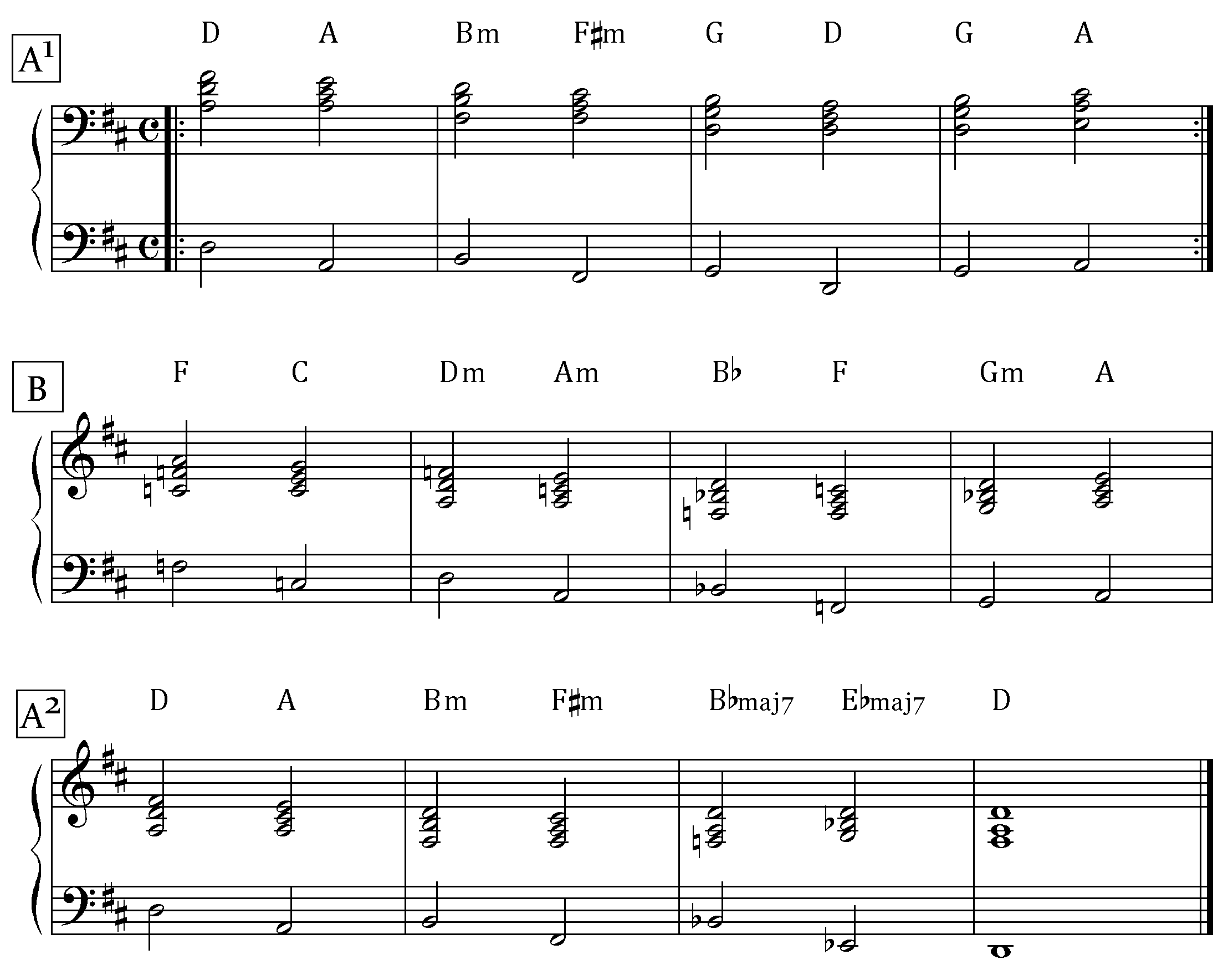
The first strain is repeated, making a four-strain A1,A1,B,A2 form. These are the ‘harmony chords’ shown on the upper keyboard in the second video, above.
Various 'B sections’ have been offered in the Canon Project and Diary entries. As the talk-through in the second part of the first video explains, the B section here simply drops from the A chord at the end of the second strain into the key of F to play the I-V-vi-III-IV-I-IV-V Canon chord sequence, and modulates back into D via chords Gm and A - ii and III of F and iv and V of D.
See more about modulation below.
The bass line
You will decide yourself to what extent you want to develop the bass line (left hand). From the second strain of CD 12-05-12 on, it bounces between octaves and gets more caught up in the syncopation.
Written music of the actual notes is probably not helpful. In the long run, you will probably gain more by looking-and-listening to the MidiPiano Piano Roll view of the second CD 12-05-12 eight-chord strain than from any ‘actual performance’ music.
Here is a screen shot of the second strain, with the repeated audio right below. MIDI files (plus MidiPiano player) ship with the canon Project so you can repeat the demo at your own chosen speed and play along until you get it. Some preparatory exercises follow.
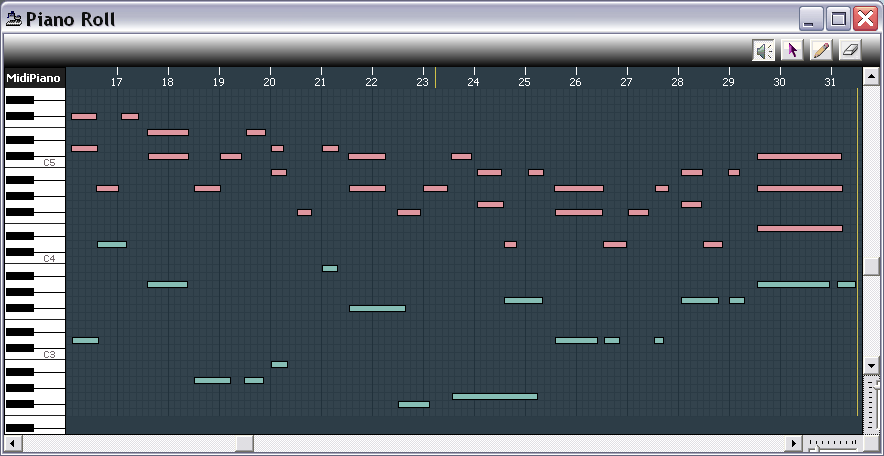
Here is a methodical bottom–top–top–bottom bass line exercise.
Don’t be dragged into actually reading the leger lines! The bass notes are all roots (the notes named in the chord symbols) – the chord symbol would tell you (with e.g. a slash chord symbol) if it were another note.

(Your electronic keyboard might not go down as far as the lowest D. Just repeat the upper D if the octave-lower note isn’t available.)
Now play the BTTB bass line under the broken-up right hand.

Here’s a very syncopated bass line.

The numbers below the music are the quaver counts the left hand notes come on.
If you combine the two patterns (BTTB + syncopation), you get this.

Here’s a continuous-anticipation bass line (including pulling the next-chord roots forward over the bar-line):
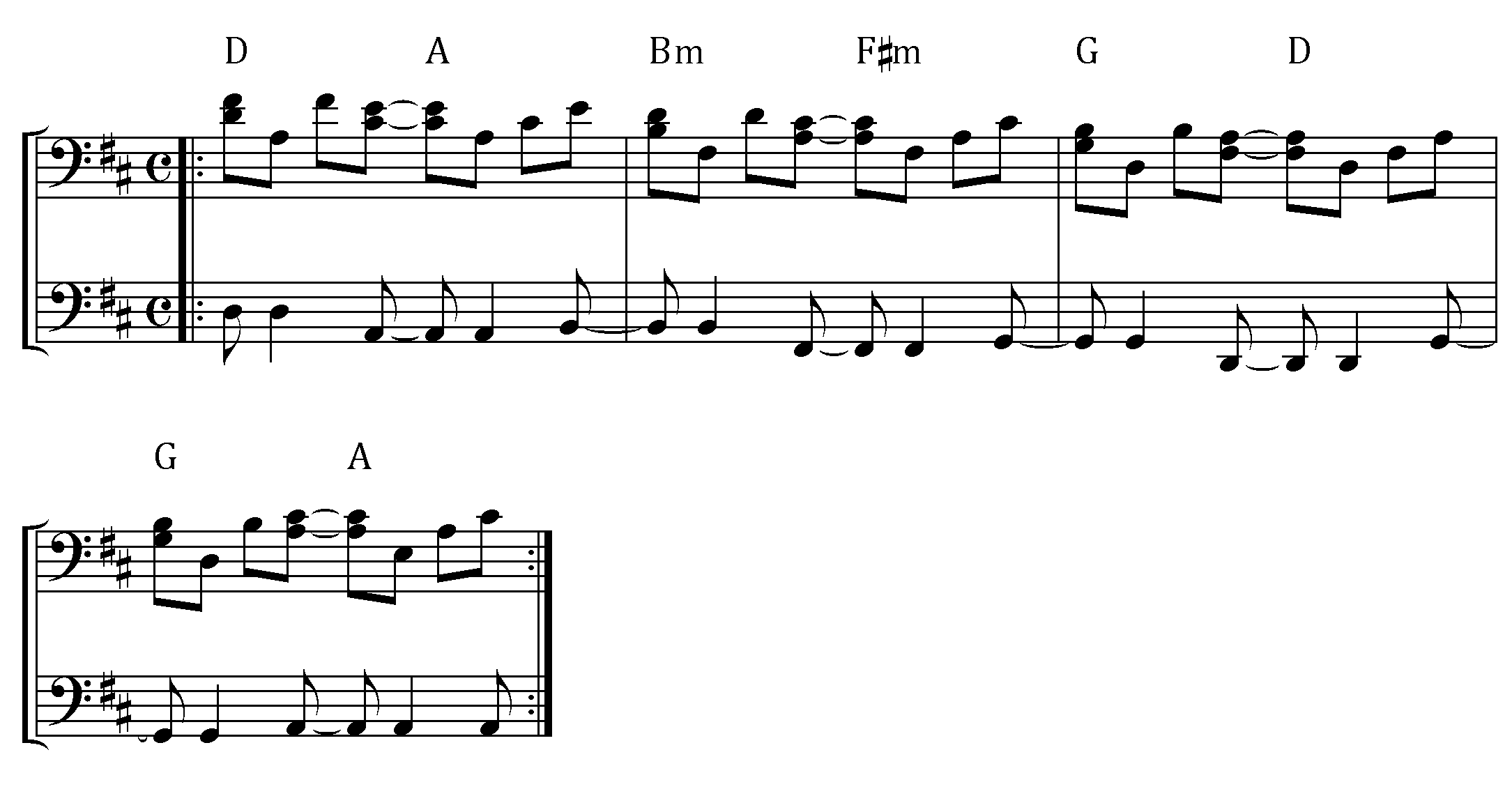
The bass guitar player in Latin music sometimes anticipates every beat like this.
All of these effects, taken on their own and to extremes, become tiresome. These are exercises to practice so that you can anticipate beats and bounce between octaves (etc.) when you think it will sound good.
The ending
As pointed out in the talk-through (second part of the first video), the ending harmonises the final tonic (note D) home in three successive chords – B flat major seven, E flat major seven and the final D chord ( flat VI maj7–flat II maj7–I ) – quite a compelling device.

Played:
The harmonic logic is this. The final ‘change’ (chord change) is chord E flat to D, falling a semitone, which harmony will always do with very little prompting. The chord before that is B flat, which is a fifth above the E flat, making it a perfect cadence (V–I, the most compelling harmonic movement .)
An alternative ending which also manages to play three tonics (note D) is this:

Played as:

This is the classic ‘circle of fifths’ construction, ii–V–I. The final chord change is V–I, dominant to tonic – the ‘perfect cadence’. The chord before that is ii7, which is the dominant of V – the ‘secondary dominant’.
Transposing the Canon (and modulating)
Transposing is, in a sense, THE musical skill. Being able to play a song or piece or chord sequence in another key 'just like that' testifies to real understanding of harmony, which in turn becomes a major creative asset. Plain repetition is a perfectly respectable way to acquire this skill, and the B strain of the 12-05-12 Canon Diary offers a good working vehicle for practicing it.
The CD 12-05-12 B section chord sequence is:
I-V-vi-iii-IV-I-ii-III
...where the final III chord becomes the V (dominant) chord of the next key.
The CD 12-05-12 B strain is in F. The III chord of F is A major, and that returns us (as V) to home key D. The I-ii-III (=V) device therefore lowers the home key by (modulates down by) a minor third (F to D).
There are four minor thirds intervals to an octave, so if we play this modulating sequence in D, we will drop successive minor thirds through B, A flat and F majors before returning to D.
Here are the chords for this exercise.
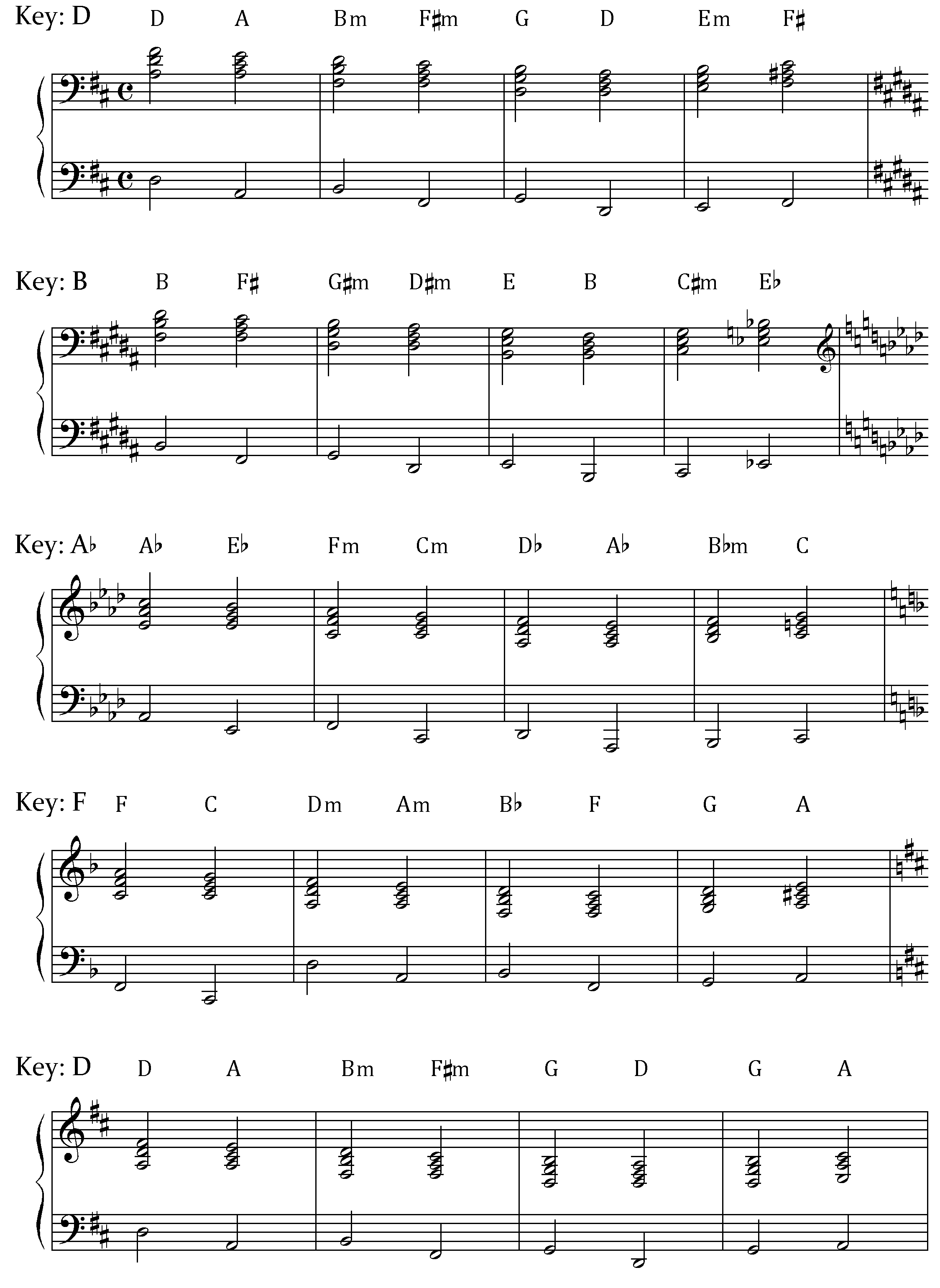
The first chord in each line of music is the tonic – you are playing in the key of that chord; that is the key signature you see.
Here is a MidiPiano performance video of the exercise.
The last phrase (back in D) is the regular Canon chord sequence with the flat VI maj7–flat II maj7–I ending just added on.
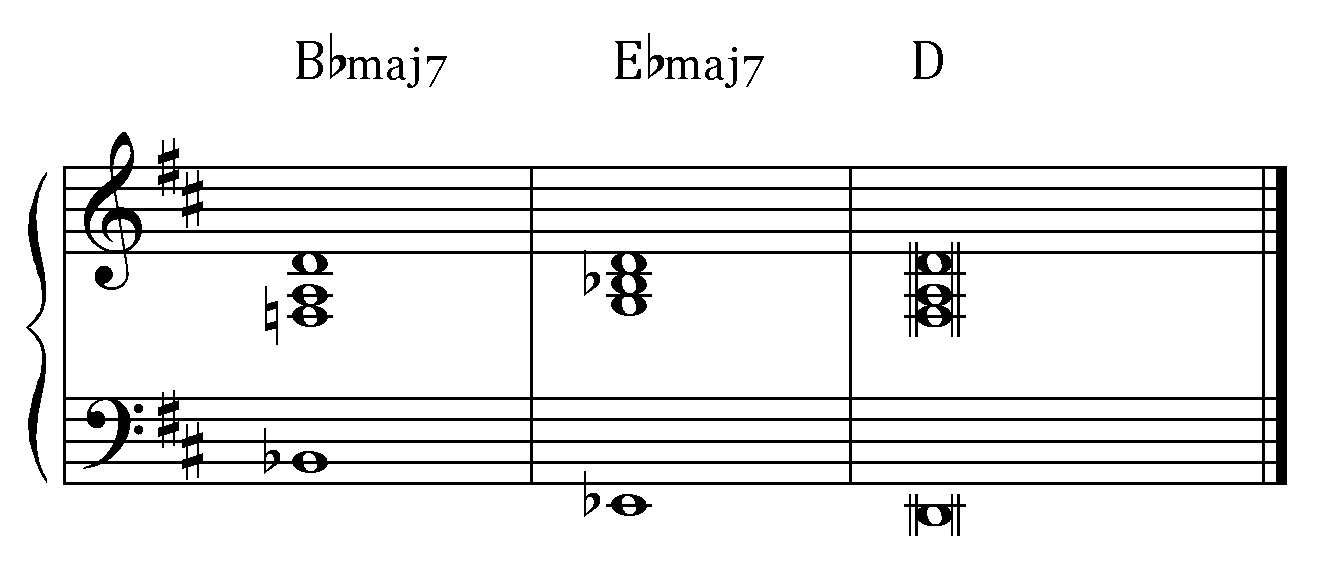
You could instead play the A2 (final) strain of the original version to finish, or the alternative Em7–A7,11 ending. Try both, for comparison.
Modulating
Warning! Optional theory content!
Changing key in the course of a piece is called modulating.
Modulation is traditionally notated using the Roman numeral system, like this (the first modulation in this series, D to B):

The overlap shows the modulating chords (E minor and F sharp) written in both keys – ii and III in D, and iv and V in new key B major. The overlapping chords are also called ‘common chords’ or ‘pivot chords’.
Pop songs often modulate – both for dramatic, musical effect and to sweeten repetition for the listener. Sometimes only a section is in the new key and the song modulates back, and sometimes the song or piece ends in the new key.
Orientation, Part II
It is quite possible that there are parts of this Canon Diary web page where you will have felt ‘lost’. Players who have completed the Canon Project home study programme will be more able to follow. The modulating material is certainly a step further in complexity.
One of the aims of the Musicarta Canon Project is to help players become so familiar with a chord sequence that its internal dynamics (its harmony) becomes perfectly apparent. It is then only a short step to ‘tinkering’ with the harmony, and truly creative keyboard work.
|
The CANON PROJECT Pachelbel’s Canon in D is perhaps the most famous chord sequence of all time, and the basis of dozens of popular hits. If you can play and understand the Canon chord sequence, there isn’t much in popular music harmony you won’t be able to figure out! Its regular structure also makes it a great springboard for improvising and composition. |
|
Amazon Books also available Udemy
Click through to the Canon Project YouTube playlist here
Musicarta has two other major home-study programmes.
|
The PYRAMIDS VARIATIONS The Musicarta Pyramids Variations aims to exceed expectations by coaching beginners and re-starters to an impressive ‘Concert Performance’ in just eight lessons. After that, you learn a set of variations which model all the contemporary keyboard player’s knowledge and skills. |
|
Click through to the Pyramids Variations YouTube playlist here.
In addition, there are two teach-yourself home-study solos which will put a beautiful keyboard piece in your repertoire and teach you some 'really useful' music theory along the way.
|
‘MARIAAN’ Piano Solo Playing a melody plus its own full, satisfying chord accompaniment is THE benchmark achievement for the modern-styles keyboard player. ‘Mariaan’ builds just such a performance, step by step – and with no-one left behind. Guaranteed to expand your creative horizons every time you sit down to work at it! |
| ||
|
Click through to the ‘Mariaan’ YouTube playlist
Now available! 'MARIAAN Lite' Just the music - no teaching notes, audio or MIDI. Chord Study, Mariaan, Mariaan 2.0, four lead sheets, 28 pages A4. |
|
'Chords for Carl'
Now a fully video-supported approach to keyboard chord texture and building a full modern solo performance, this unique teach-yourself opportunity shows you only what you need to know and exactly how to learn it. |
| ||
Got a newsletter discount code? You want the discount sales page!
Musicarta also has a collection of modern-styles keyboard solos - written music plus audio samples, MIDI files and the MidiPiano app (Windows) to make sure you make it through to the full performance.
Check them out on the Solos page.
|
OUT NOW! |
THE MUSICARTA BEAT & RHYTHM WORKBOOK At last! An effective approach to keyboard rhythm & syncopation skills. Learn more! |
ONLY $24.95! |
THE MUSICARTA
|
The MusicartaA methodical approach to keyboard syncopation for
|
PUBLICATIONS
exciting keyboard
creativity courses
CHORDS 101
WORKBOOK

~HANON~
video course

Musicarta
Patreon
PENTATONICS
WORKBOOK
video course

Creative Keyboard
video course

BEAT AND RHYTHM
WORKBOOK

- Volume 1 -

12-BAR PIANO
STYLES WORKBOOK

MUSICARTA MODES
WORKBOOK

PIANO STYLE

CANON PROJECT
video course

VARIATIONS
video course


- Piano Solo -
video course

- Piano Solo -


THERead all |
YouTube playlists
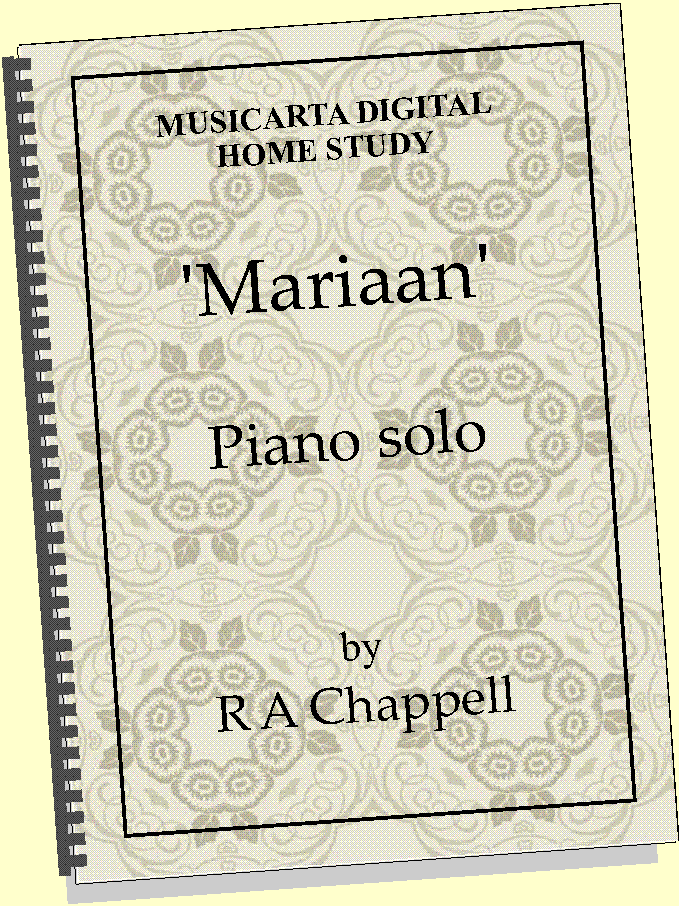
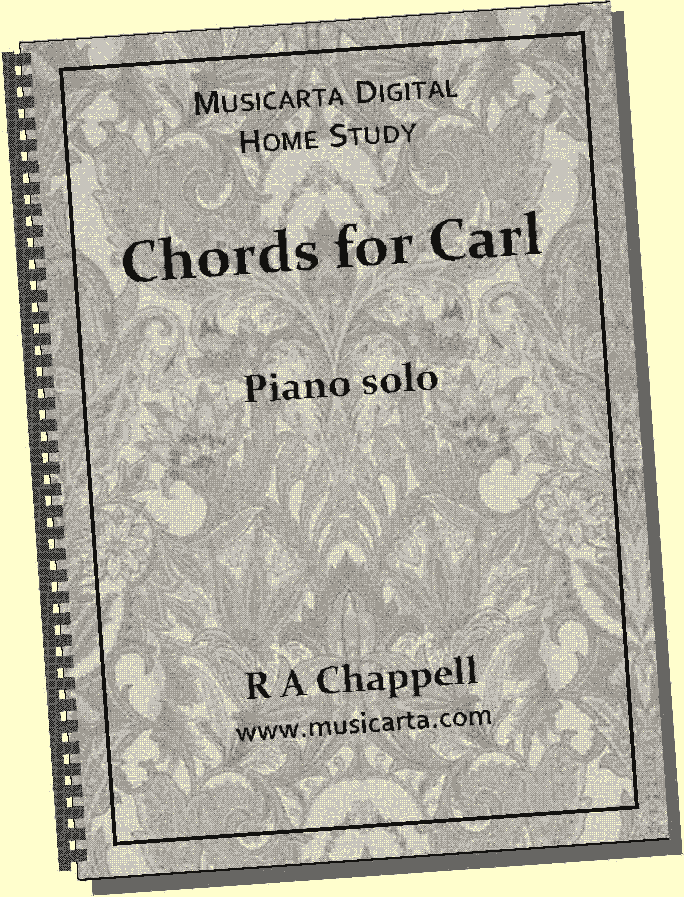






 THE LOGO
THE LOGO


